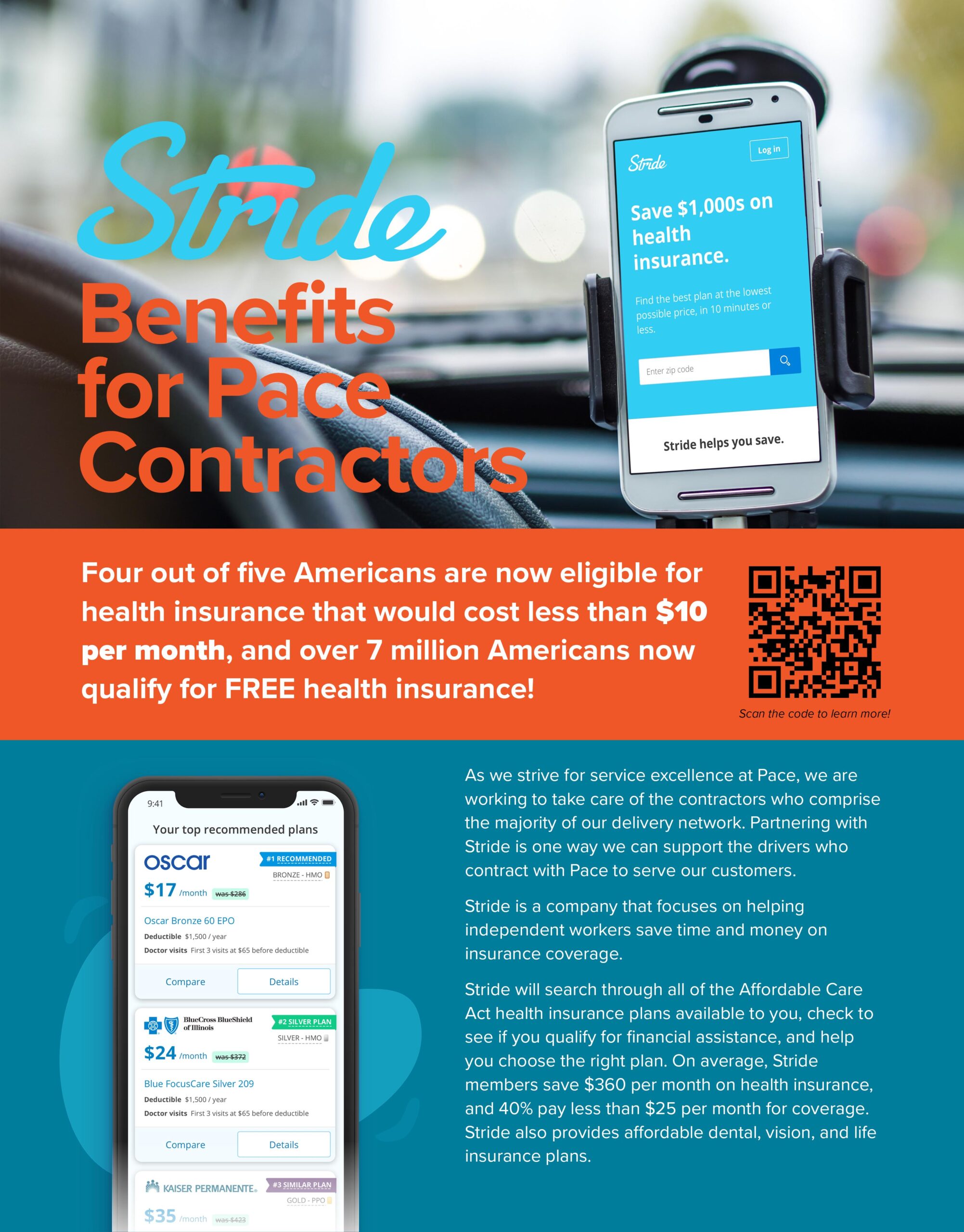
Solving Logistics Together is a Pace passion. As we celebrate our 25-year anniversary as a preferred Logistics Service Provider (LSP) and seasoned regional carrier, renewing and recalibrating that passion in today’s market is important. As valued carriers in our regional transportation network, independent delivery drivers and fleet owners collaborate with us in logistics planning and provide the resources to execute these team-built plans.
The final mile, as a component of collaborative logistics transportation planning, is very much in demand, but it is also ever-changing. Shippers need to find reliable final mile providers, and maintaining a strong pipeline for scenario planning is the key.
Collaborative Logistics Planning = Solving Logistics Together
A lot of research has been done on the benefits of problem-solving with a team-based approach. As a result, many businesses utilize multi-disciplinary teams. In our industry, does working with final mile service providers collaboratively from the ground up produce better solutions?
While logistics planning methodology often depends upon full-service supply chain management software, we can argue that this technology – with its advanced business intelligence and data analytics – paired with a solutions-based collaborative approach with your final mile solutions provider has the potential to unlock opportunities for better decision making and more positive logistical outcomes.
Benefits of Collaboration in Logistics
Benefits of collaboration are well documented. Albert Einstein relied heavily on collaboration with two friends from his student days, Marcel Grossmann and Michele Besso, to develop his theory of relativity. Good teamwork for the most part generates better solutions and strategies. The total knowledge and experience put into problem solving and planning is enhanced when a diverse, multi-disciplinary team puts their heads together.
John J. Murphy, author of Pulling Together: 10 Rules for High-Performance Teamwork says that “everyone has unique gifts, talents, and skills. When we bring them to the table and share them for a common purpose, it can give companies a real competitive advantage.”
Scientific research reinforces the concept that many brains together are better than one. Dr. Patrick Laughlin, a researcher at the University of Illinois at Urbana-Champaign, says that “we found that groups in sizes of three, four, and five outperformed the best individuals. This performance is attributed to the ability of people to work together to generate and adopt correct responses, reject erroneous responses, and effectively process information.” This curious concept follows the odd math behind the oft repeated equation that “1 +1=3.” Renowned advertising executive and author Dave Trott’s book titled One Plus One Equals Three speaks to creativity and the impact of tapping into the power of broad collaboration. “The more varied the input, the more unexpected the combinations, the more creative the ideas,” states Trott.
Research on Collaboration
Furthermore, other research backs the thesis that collaborative problem-solving leads to better outcomes. The AMA 2012 Critical Skills Survey defined the skills necessary for effective collaboration:
- Critical thinking and problem solving—the ability to make decisions, solve problems, and act as appropriate
- Effective communication—the ability to synthesize and transmit your ideas both in written and oral formats
- Collaboration and team building—the ability to work effectively with others, including those from diverse groups and with opposing points of view
- Creativity and innovation—the ability to see what’s NOT there and make something happen
Collaboration Between Shippers and Final Mile Providers
So, collaboration between shippers and final mile providers can produce better results. It can also provide better security. A well-developed collaborative partnership can help to strengthen a vulnerable supply chain. As major macroeconomic factors such as pandemic shutdowns, labor shortages, inflation, and increased consumer demand have stressed an already fragile supply chain to never before seen levels, it is more important than ever to develop mutually beneficial solutions among trusted partners.
Shippers and final mile providers who collaborate in developing effective logistics strategies are stronger together. They can trust each other, assured that every member of the team is doing their part to get the job done. They can depend on one another to step in and help when needed, to solve unexpected problems, and work with each other to anticipate future needs while crafting robust strategies to prepare for any contingency.
Shippers and final mile transportation providers who practice solving logistics together discover the benefits of learning together as well. The shipper can see the process through the final mile provider’s eyes, and the final milers can listen and better understand the shipper’s goals, issues, and concerns. A synchronized plan is underway.
Successful collaborative problem-solving results from the melding of the distinct skills and expertise of each group member, generating a broader range of viewpoints and knowledge to apply toward tackling each issue. The wider range of backgrounds and experiences between shippers and carriers, the better. The broader the perspective, the more impactful the plan.
Great listening skills and keeping an open mind are paramount toward arriving at better solutions and without a doubt can produce a stronger bond between shippers and final mile providers.
Strength Through Collaboration is a Competitive Advantage
In a business climate that is constantly changing, strength and flexibility are competitive advantages, producing continuous gains over time. A nimble company, fortified with strong partnerships, is better protected against competitors, market forces, and a world of uncertainties. The advantages of effective collaboration are many, but the reality is that collaboration isn’t just nice – it’s necessary. As our friend Albert has demonstrated, no single person or organization can solve every problem on their own. Even the most brilliant minds in the world work better when they work together.











